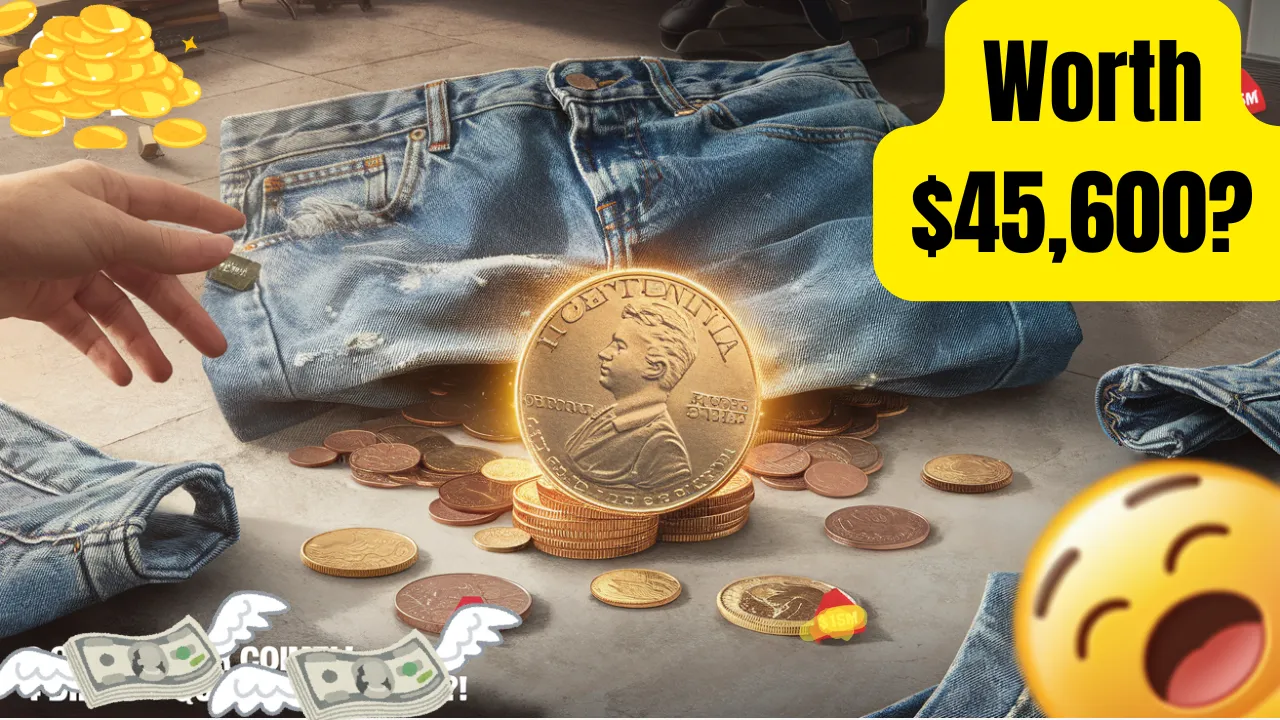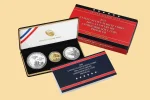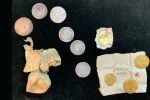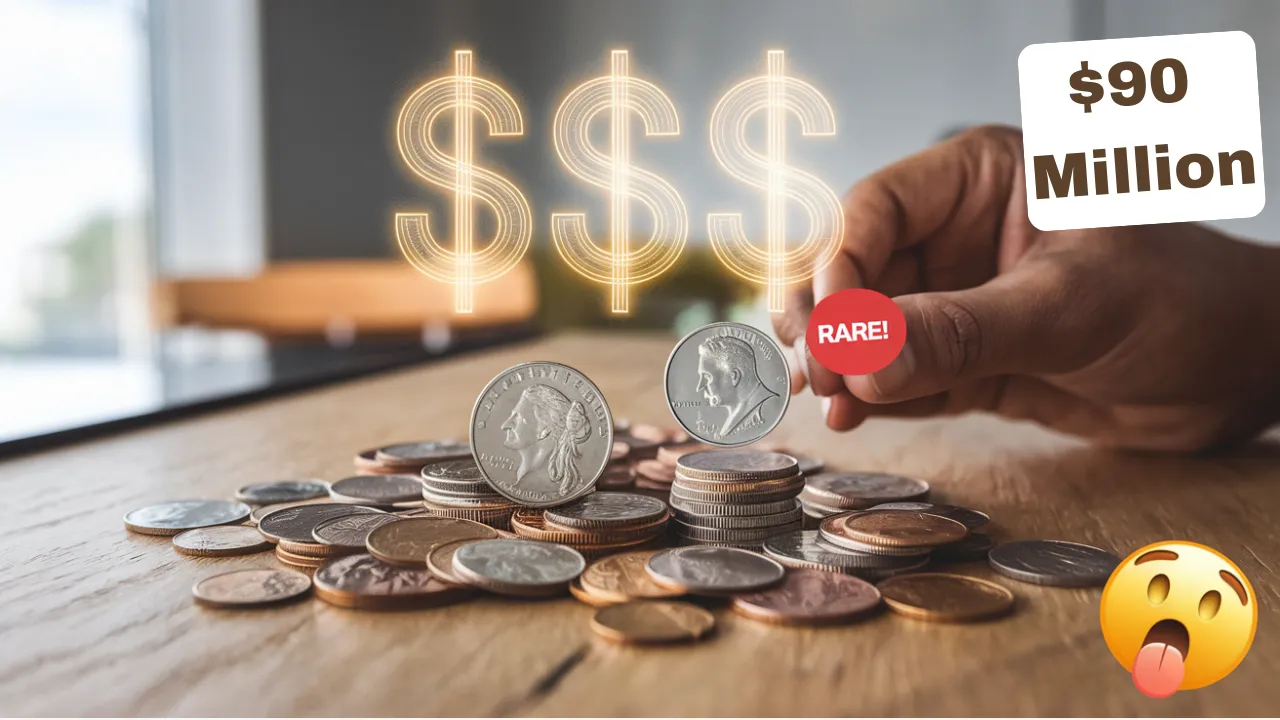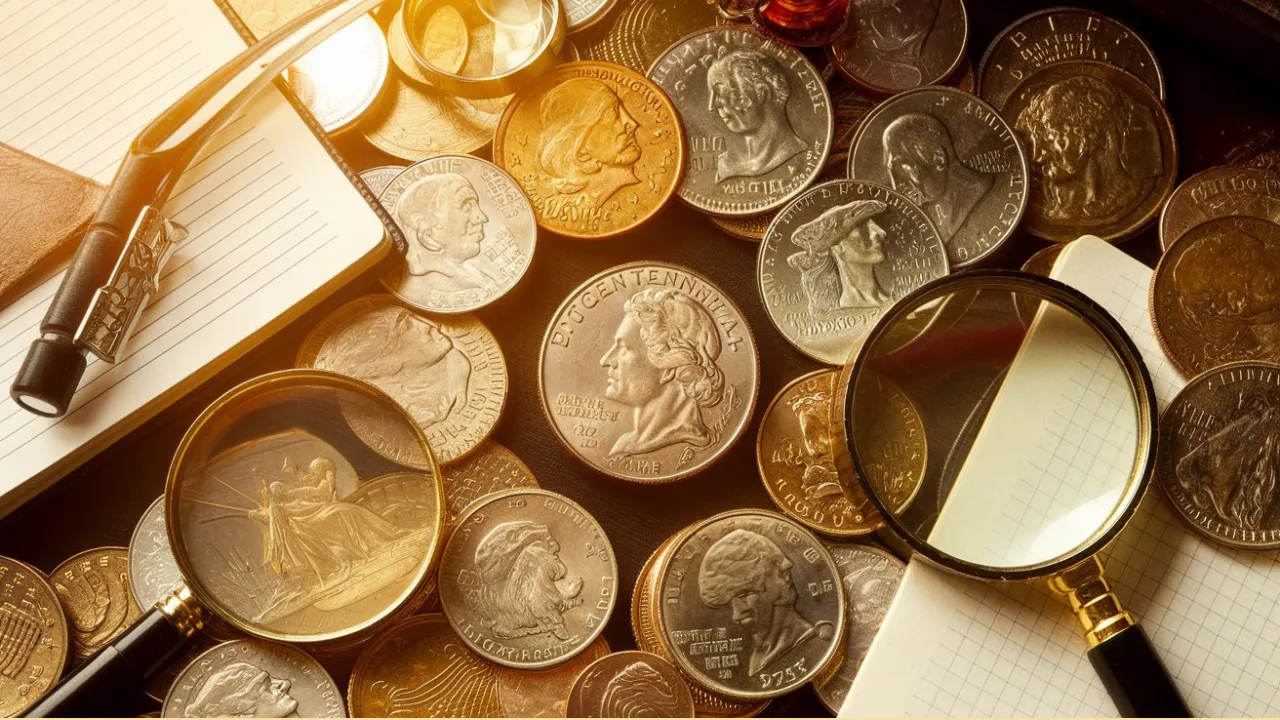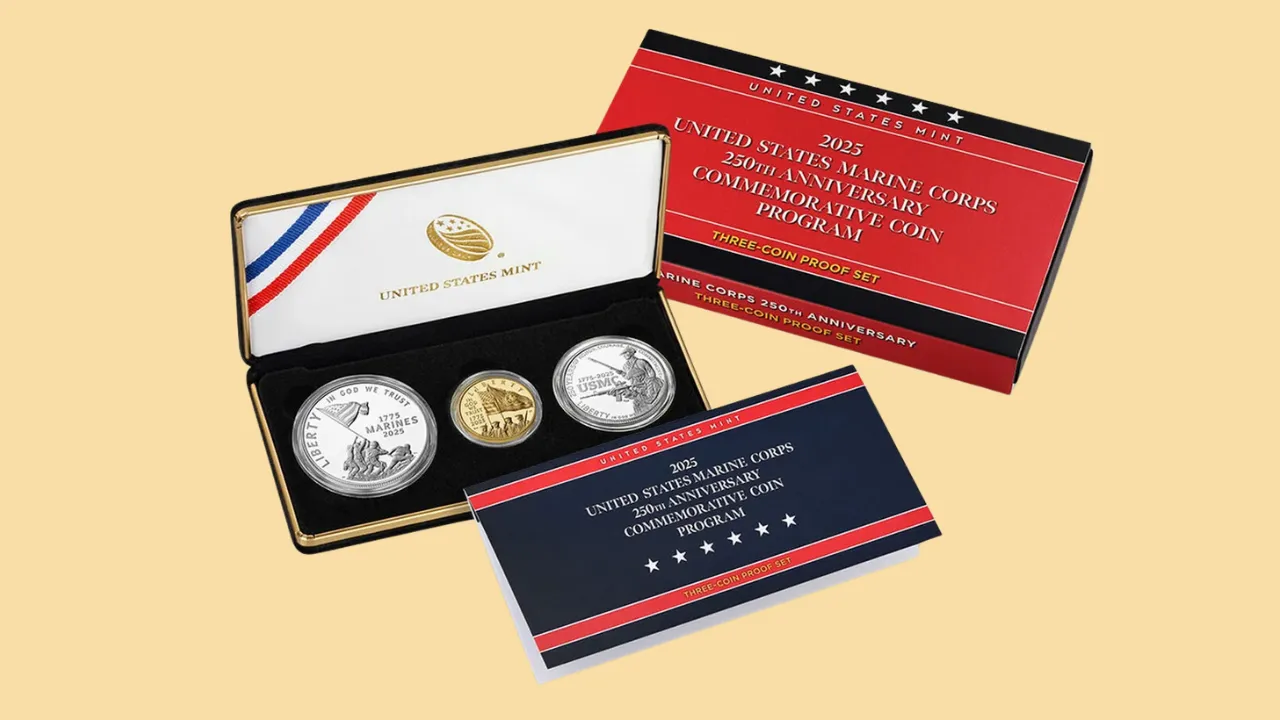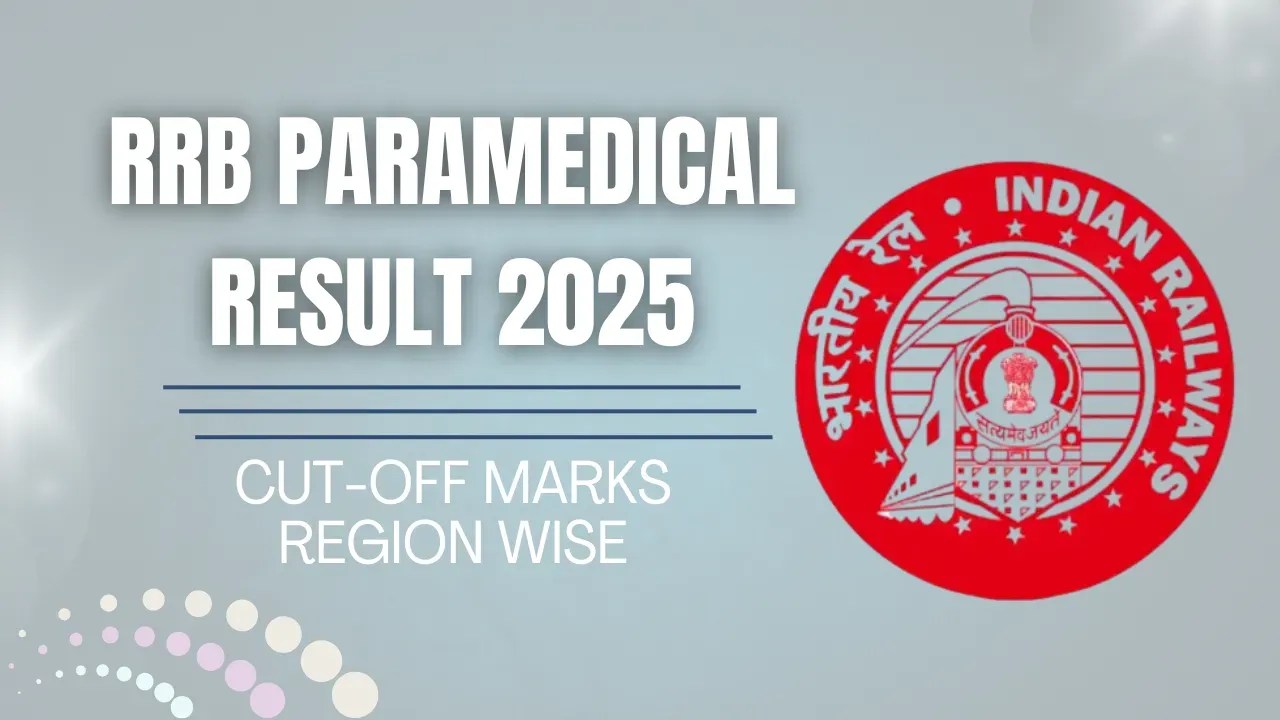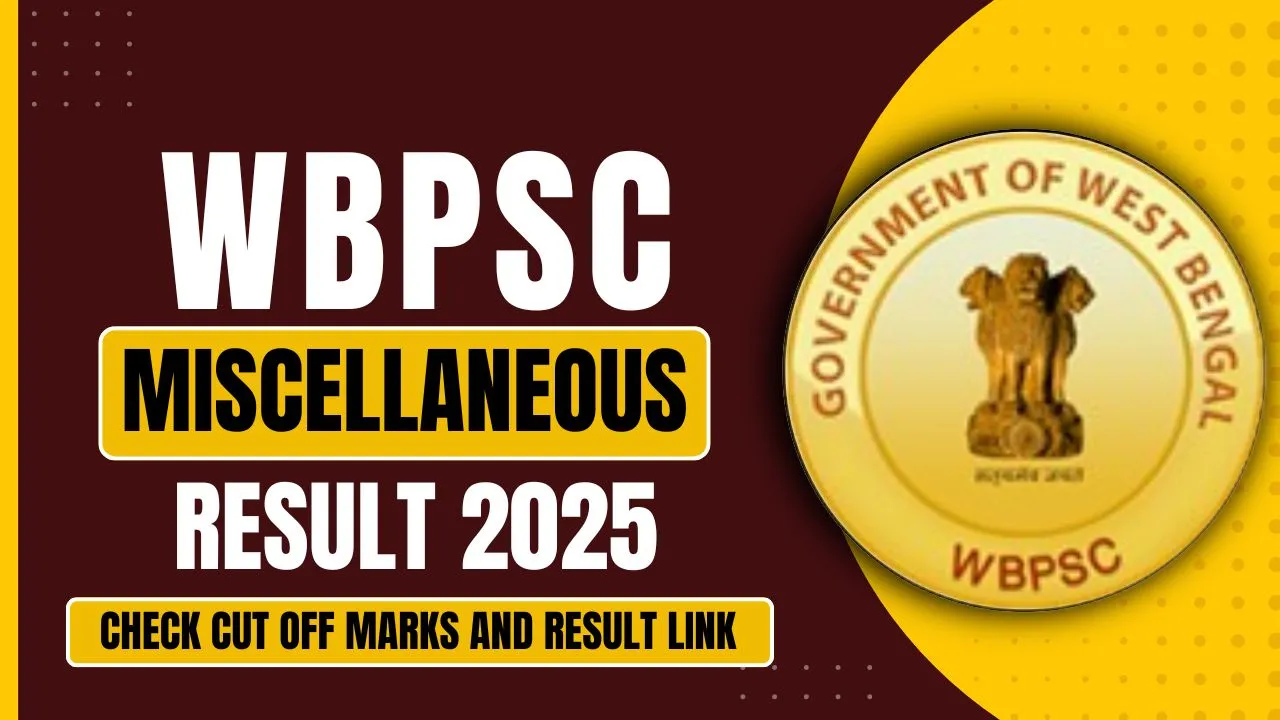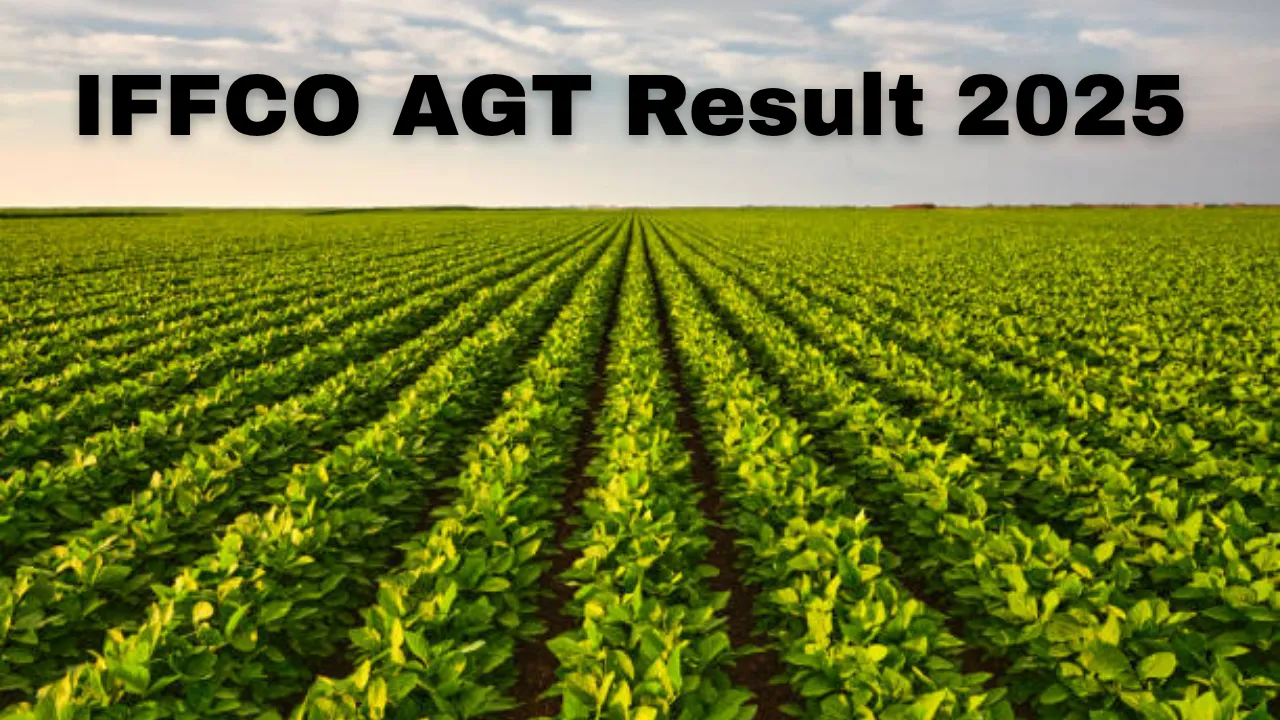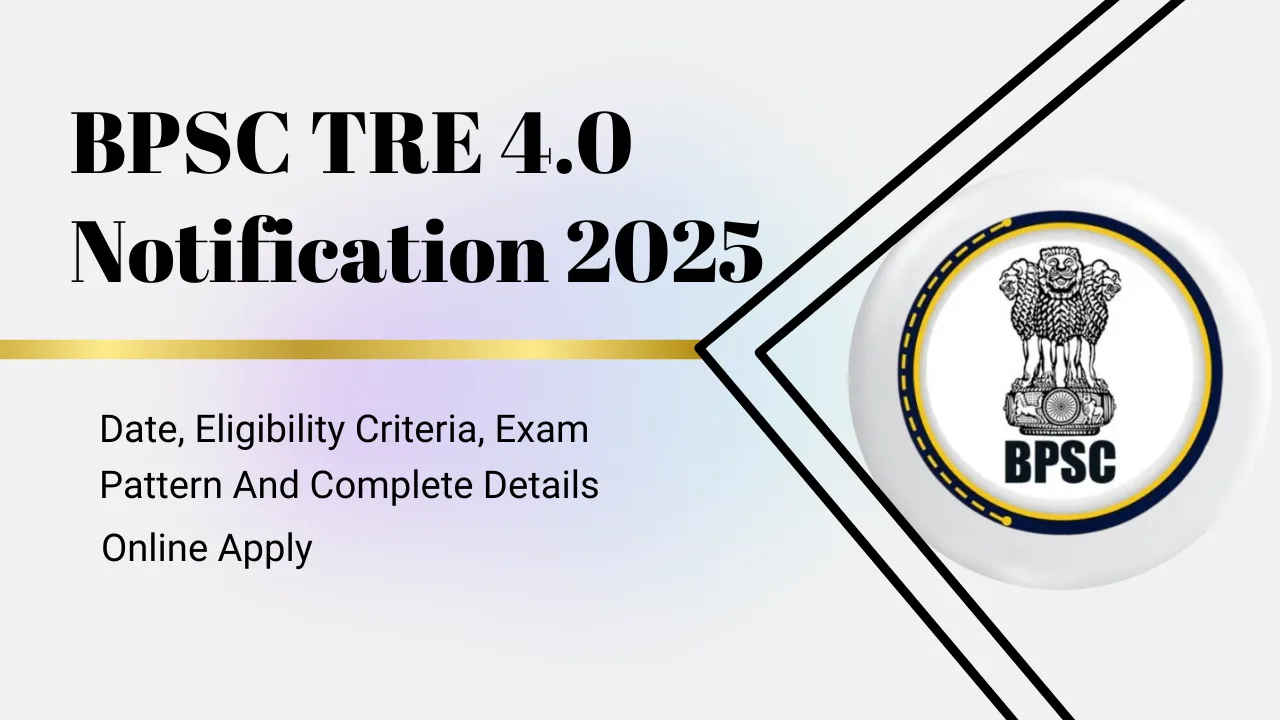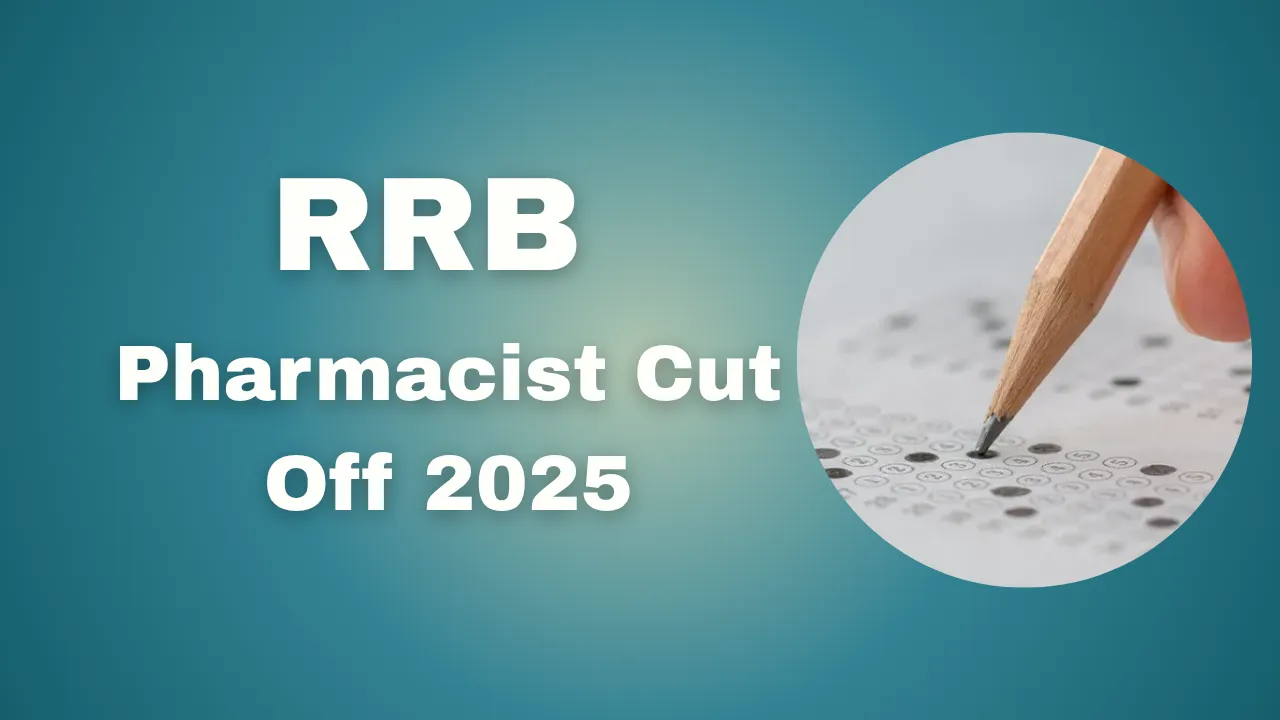Spare Change Alert: Imagine turning a simple dime coin into $45,600. It might sound unbelievable, but for some lucky individuals, that dream has become a reality. A rare 1968 dime, still in circulation today, has fetched tens of thousands of dollars at auction due to a unique minting error. This isn’t just a fluke—it’s a reminder to always double-check your spare change.
In this article, we’ll explore what makes the 1968 “No S” Proof Dime so valuable, how to identify one, and why certain coins are worth far more than their face value. With some valuable tips and insights, you’ll learn how to spot hidden treasures that could be sitting unnoticed in your wallet or coin jar.
Quick Overview: The Rare 1968 Dime Coin
| Key Feature | Details |
| Coin Name | 1968 “No S” Proof Roosevelt Dime |
| Minting Error | Missing “S” mintmark (San Francisco Mint) |
| Auction Value | Up to $45,600 |
| Unique Attributes | Proof quality with a missing mintmark |
| Historical Significance | First proof dimes from San Francisco Mint |
| Rarity | Only a handful known to exist |
What Makes the 1968 “No S” Proof Dime So Special?
The 1968 “No S” Proof Roosevelt Dime stands out in the numismatic world due to its significant minting error: the absence of the “S” mintmark. Typically, proof dimes minted at the San Francisco Mint are marked with an “S.” However, during the production of this specific coin, an oversight caused some dies to miss the mintmark. The result? A highly sought-after coin that’s worth thousands of times its face value.
Adding to its allure is the fact that this coin was made with proof standards. Proof coins are struck using a special process that gives them sharper details, mirror-like surfaces, and a superior finish compared to regular coins. The combination of the missing mintmark and the proof quality makes this dime coin a collector’s dream.
How to Identify the 1968 “No S” Proof Dime
Wondering if you might have this rare dime coin? Here’s what to look for:
- No “S” Mintmark: The most obvious feature of this coin is the missing “S” mintmark, which would typically appear near the date on the front side.
- Proof Quality: Unlike regular coins, proof dimes have a polished, reflective surface and finely detailed design.
- Grading Standards: The coin’s value increases dramatically with its condition. A Professional Coin Grading Service (PCGS) grade of 69 (near-perfect condition) makes the coin especially valuable.
If you think you’ve found one, it’s essential to have it authenticated by a professional coin grading service to confirm its authenticity and determine its market value.
What Are Proof Coins and Why Are They Valuable?
Proof coins are specially made for collectors and are not intended for everyday use. They’re struck with more precision and undergo additional polishing and quality checks, resulting in superior detail and a brilliant finish.
The 1968 “No S” Proof Dime was particularly significant because it marked the first year that the San Francisco Mint exclusively produced proof dimes. However, the minting error that omitted the “S” mintmark on a few of these coins created an unexpected rarity.
Collectors prize proof coins not only for their flawless appearance but also for their limited availability. When a proof coin features an error, as with the 1968 “No S” dime, its value skyrockets.
Other Rare Dime Coins You Should Know About
While the 1968 “No S” Proof Dime is extraordinary, it’s not the only dime worth more than its face value. Here are two other valuable examples:
- 1916-D Mercury Dime:
- Value: $152,750
- Why It’s Special: Only 264,000 of these coins were minted in Denver, making them one of the rarest Mercury dimes. Their condition, particularly the “full bands” feature on the reverse side, greatly influences their value.
- Cobalt-Blue Patina Dime:
- Value: $205,625
- Why It’s Special: This older dime fetched a massive sum due to its unique cobalt-blue patina and exceptional preservation.
These examples illustrate how factors like minting errors, limited production, and unique appearances can dramatically increase a coin’s worth.
Why Minting Errors Matter
Minting errors, such as the missing “S” on the 1968 proof dime, are highly desirable among collectors. Errors often occur in small batches, making these coins exceptionally rare. Some types of minting errors include:
- Missing Mintmarks: As seen with the 1968 “No S” dime.
- Double Strikes: Coins struck multiple times, leading to overlapping designs.
- Die Cracks: Visible cracks on the coin’s surface caused by damaged dies.
For collectors, these imperfections tell a story and add to the coin’s historical and monetary value.
Tips for Identifying and Collecting Rare Coins
- Check Your Change: Rare coins can appear in everyday transactions. Always examine your change for unusual features or mintmarks.
- Know Your Mintmarks: Understanding mintmarks and their significance can help you spot valuable coins.
- Use a Magnifier: A magnifying glass is a handy tool for inspecting fine details, especially on proof-quality coins.
- Consult Experts: If you think you’ve found a rare coin, have it authenticated and graded by a professional service like PCGS.
- Store Coins Properly: Protect valuable coins by keeping them in a secure, climate-controlled environment to prevent damage.
FAQs About Rare Dime Coins
1. What is the most valuable dime ever sold?
The most valuable dime to date is the 1894-S Barber Dime, which sold for nearly $2 million due to its extreme rarity.
2. How much is the 1968 “No S” dime worth?
The 1968 “No S” Proof Dime can fetch up to $45,600, depending on its condition and grade.
3. How can I tell if I have a proof coin?
Proof coins have a mirror-like finish and sharper details than standard coins. They are often part of collector sets.
4. Why are minting errors valuable?
Minting errors are rare and often unintentional, making the affected coins unique and highly collectible.
5. Where can I get my coins evaluated?
You can send your coins to grading services like the Professional Coin Grading Service (PCGS) or the Numismatic Guaranty Corporation (NGC).
Final Thoughts
Finding a rare coin like the 1968 “No S” Proof Dime is a treasure hunter’s dream. While these coins are rare, the possibility of discovering one in your spare change makes the hunt worthwhile. Who knows? Your next handful of coins could be worth thousands of dollars.
Have you ever come across a rare coin? Share your story in the comments, and don’t forget to check your pockets—you might be sitting on a small fortune without even realizing it!
